Lack of clean water, risk of disease after natural disasters
In late October, when floods followed storm No. 12 to Tra Tan commune (Da Nang city), Mr. Ho Van Tao, Ngoc Giac village - stood in front of a collapsed house without knowing how to manage to find clean water for his family of nearly 10 people. The flood came suddenly, the road was cut off, the entire self- moving water system was swept away, the stream water was muddy. " Packed noodles can be stored, but clean water cannot. Without drinking water, we are most afraid of illness after the flood, said Mr. Tao.
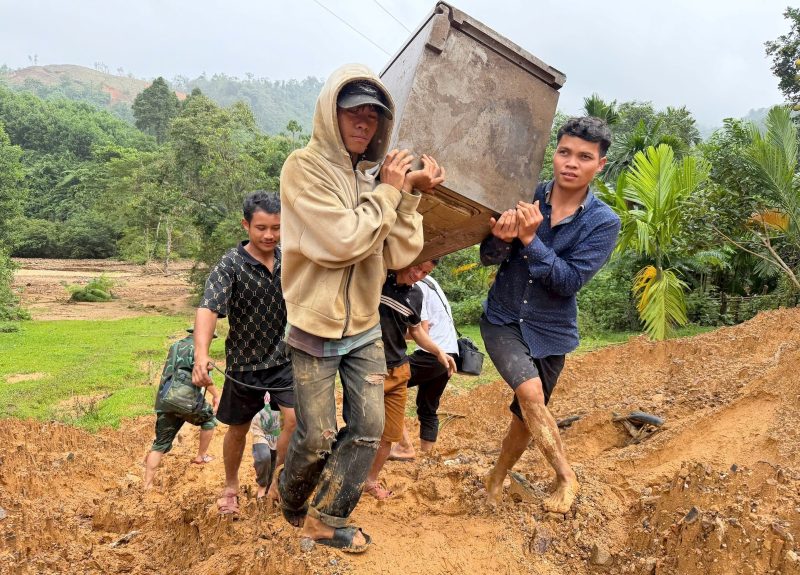
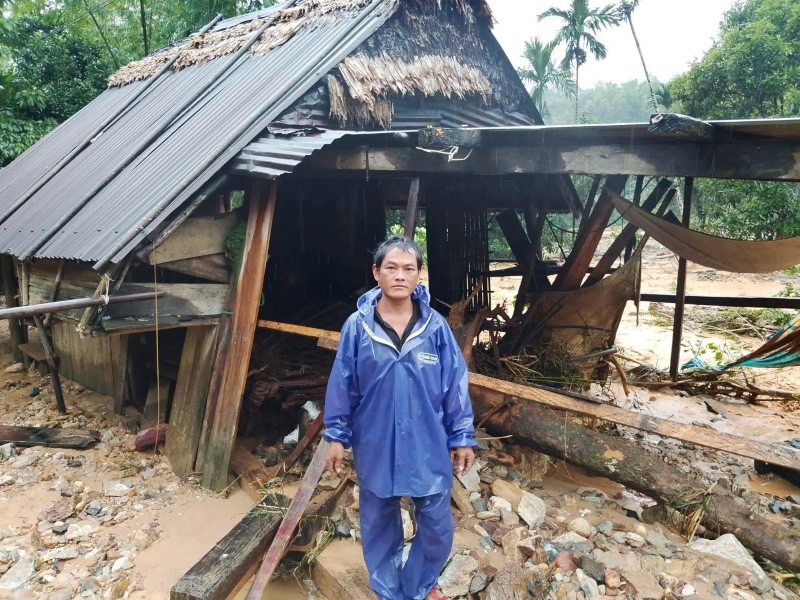
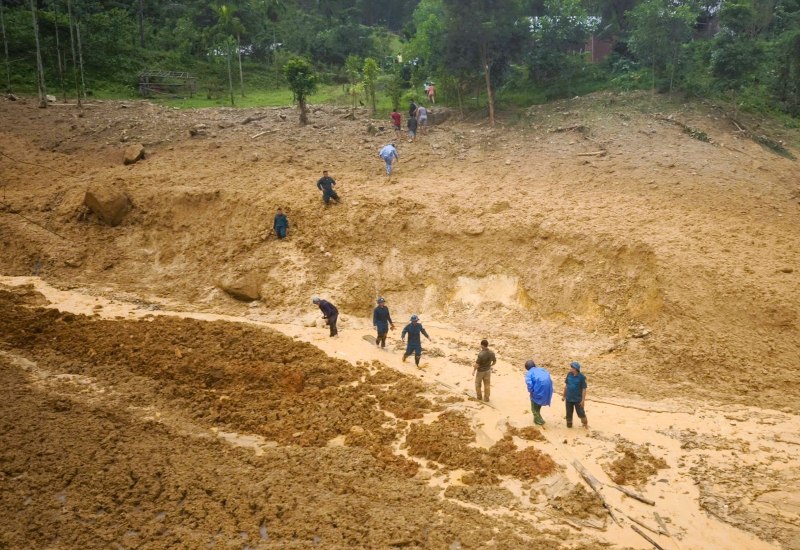
The two villages of Song Y and Ngoc Giac have been isolated for many days, and rescue forces can only access them by road when the landslides are temporarily repaired. Food and medicine are delivered to each household group, but clean water is almost not enough. Amidst the flood, the story of "thirsty water" becomes an annual obsession for hundreds of Tra Tan households.
Not only people, but schools also suffer from severe water shortages. Anh Duong Kindergarten has 4 scattered locations, of which 2 have no clean water source. Every day, teachers have to carry can of water from the main point to the separate points to cook for the children. On rainy days, the road is slippery, vehicles cannot travel, so lack of water is a constant worry.

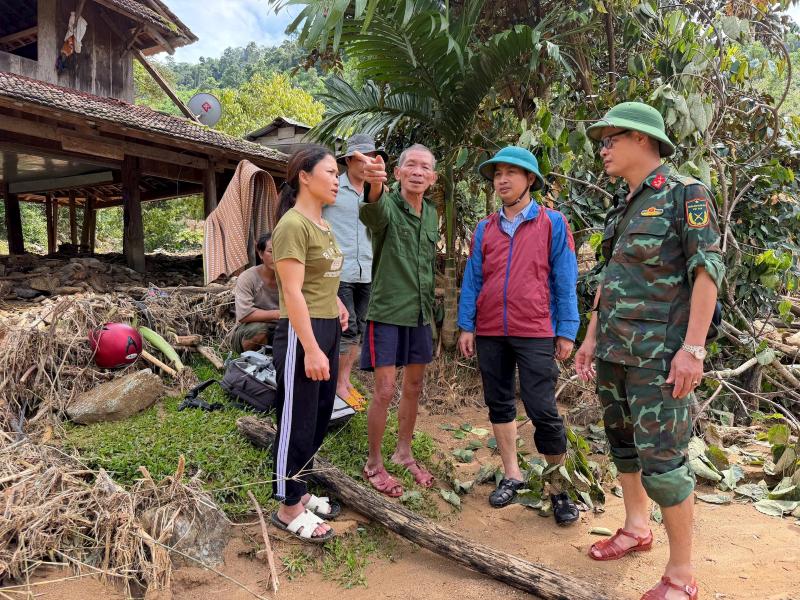
Similarly, floods have caused a series of pumping stations and water supply stations to be flooded, interrupting water supply to many villages in Hoa Tien and Hoa Vang communes. The Da Nang Department of Construction must mobilize 6 tankers and dozens of employees to transport clean water to each isolated residential area to serve the minimum needs of people, schools, and medical facilities.
Can't wait for relief
In that context, clean water support has become a lifeline, such as a water filtration system worth 50 million VND donated by Cam Le ward and benefactors to Thanh My Primary School - helping students and teachers have a safe drinking water source.
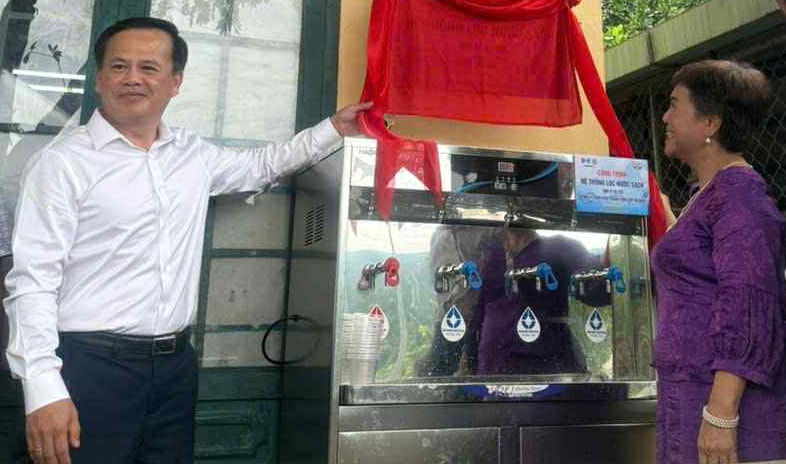
Such support models, although valuable, are still not enough to solve the long-term clean water problem for mountainous disaster areas, which depend on self- movements and streams, and are increasingly vulnerable to climate change. In many places, settling tanks and water pipes have degraded, are damaged and are no longer usable. A flood could sweep away the entire system that people have had to work hard to build for many years.
Tra Tan Commune Party Secretary - Nguyen Hong Lai said that the locality really needs a clean water supply system for rural areas designed to adapt to natural disasters, prioritizing reserve wells, large tanks, and periodic maintenance mechanisms. Without a long-term strategy, "invested and abandoned" will continue to repeat.

In that difficult picture, Binh Yen village (Que Phuoc commune) is a bright spot. Thanks to the 3 large-capacity water tanks that were invested in carefully in advance, people have enough domestic water despite being isolated for more than a week. Just by cleaning and pumping the tanks before the rainy season, the whole village can proactively have a water source during the cut-off period.
Lessons from Binh Yen show that small projects with good management bring great efficiency. However, to expand, synchronous and sustainable investment is needed.











